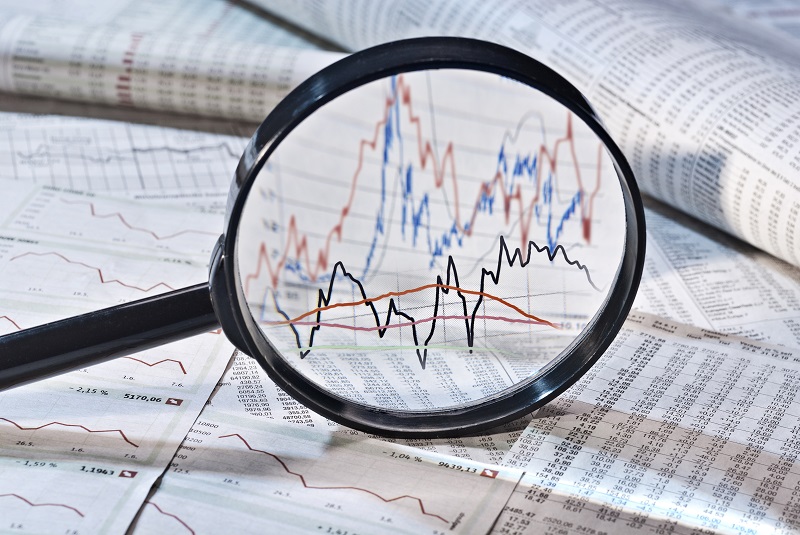What happened: The Personal Consumption Expenditures (PCE) price index rose 0.1% in March after increasing 0.3% in February. Core PCE — the Federal Reserve’s preferred inflation gauge — also rose 0.3% month-over-month. The annual increase in Core PCE remains high at 4.6% — more than double the Fed’s 2% target.
What it means: Although prices are still 4.2% higher when compared to a year ago, the pace of price increases slowed further in March. Annual goods inflation slowed further to 1.6% in March from 3.6% in February. With shelter costs moderating, services also turned the corner, edging down to 5.5% in March from the 5.8% peak in February.
Zillow Senior Economist Orphe Divounguy’s perspective: Today’s release is another step in the right direction. Lower-than-expected economic growth in the first quarter, the latest inflation reading and a slew of leading indicators all point to faster disinflation to come.
Further disinflation ought to eventually cause long-term yields, including mortgage rates, to fall. The yield on the 10-year Treasury, which mortgage rates tend to follow closely, fell on today’s news. That is good news for would-be home buyers who have been frustrated by affordability challenges.
However, core inflation remains elevated due to persistent supply-side challenges in some sectors. While the labor market is cooling, a still very tight labor market and persistently high employment costs are slowing the pace of disinflation. As the labor market cools further, housing inflation, which tends to respond more to a tight labor market, is also expected to edge lower.
Numbers to know:
- The Personal Consumption Expenditures (PCE) price index rose 0.1% in March. Prices were 4.2% higher when compared to a year ago, down from 5.1% in February.
- Core PCE increased 0.3% in March and is now up 4.6% from a year ago, down from 4.7% in February.
- With shelter costs moderating, services inflation also finally turned the corner, edging down to 5.5% in March from the 5.8% peak in February.



